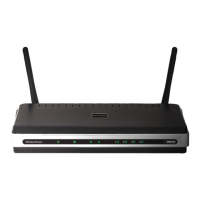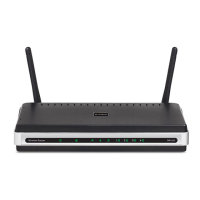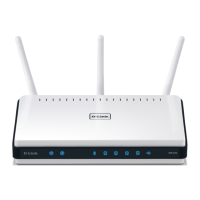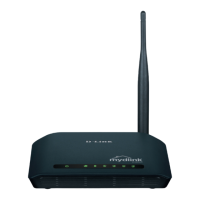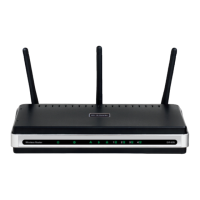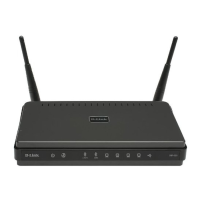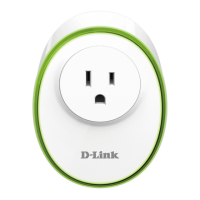133D-Link DIR-815 User Manual
Appendix C - Technical Specications
Technical Specications
Standards
• IEEE 802.11n
• IEEE 802.11g
• IEEE 802.11a
• IEEE 802.3
• IEEE 802.3u
Security
• WEP
TM
• WPA
TM
- Personal/Enterprise
• WPA2
TM
- Personal/Enterprise
Wireless Signal Rates
1
IEEE 802.11n 2.4GHz (HT20/40):
• 144.4Mbps (300) · 130Mbps (270)
• 115.6Mbps (240) · 86.7Mbps (180)
• 72.2Mbps (150) · 65Mbps (135)
• 57.8Mbps (120) · 43.3Mbps (90)
• 28.9Mbps (60) · 21.7Mbps (45)
•14.4Mbps (30) · 7.2Mbps (15)
IEEE 802.11n 5GHz (HT20/40):
• 144.4Mbps (300) · 130Mbps (270)
• 115.6Mbps (240) · 86.7Mbps (180)
• 72.2Mbps (150) · 65Mbps (135)
• 57.8Mbps (120) · 43.3Mbps (90)
• 28.9Mbps (60) · 21.7Mbps (45)
•14.4Mbps (30) · 7.2Mbps (15)
MSC (0-15)
• 130Mbps (270) • 117Mbps (243)
• 104Mbps (216) • 78Mbps (162)
• 66Mbps (135) • 58.5Mbps (121.5)
• 52Mbps (108) • 39Mbps (81)
• 26Mbps (54) • 19.5Mbps (40.5)
• 12Mbps (27) • 6.5Mbps (13.5)
Wireless Frequency Range
2
• 2.4GHz to 2.483GHz
• 5.15GHz to 5.25GHz
3
• 5.725GHz to 5.825GHz
3
Antenna Type
• Two (2) external antennas
Operating Temperature
• 32°F to 104°F ( 0°C to 40°C)
Humidity
• 95% maximum (non-condensing)
Safety & Emissions
• FCC
• CE
• IC
• C-Tick
• CSA International
Dimensions
• L = 6.25 inches (158.87 mm)
• W = 4.72 inches (120.04 mm)
• H = 1.27 inches (32.18 mm)
Warranty
• 1 Year
1 Maximum wireless signal rate derived from IEEE Standard 802.11a, 802.11g, and 802.11n specications. Actual data throughput will vary. Network conditions and environmental factors, including
volume of network trac, building materials and construction, and network overhead, lower actual data throughput rate. Environmental factors will adversely aect wireless signal range.
2 Frequency Range varies depending on country’s regulation
3 The DIR-815 does not include 5.25-5.35GHz & 5.47-5.725GHz in some regions.
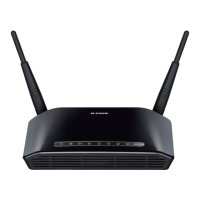
